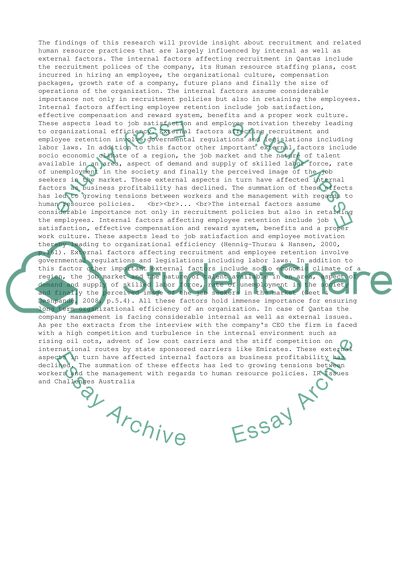Cite this document
(“Industrial Relation Essay Example | Topics and Well Written Essays - 2750 words”, n.d.)
Retrieved de https://studentshare.org/business/1391320-industrial-relation
Retrieved de https://studentshare.org/business/1391320-industrial-relation
(Industrial Relation Essay Example | Topics and Well Written Essays - 2750 Words)
https://studentshare.org/business/1391320-industrial-relation.
https://studentshare.org/business/1391320-industrial-relation.
“Industrial Relation Essay Example | Topics and Well Written Essays - 2750 Words”, n.d. https://studentshare.org/business/1391320-industrial-relation.


